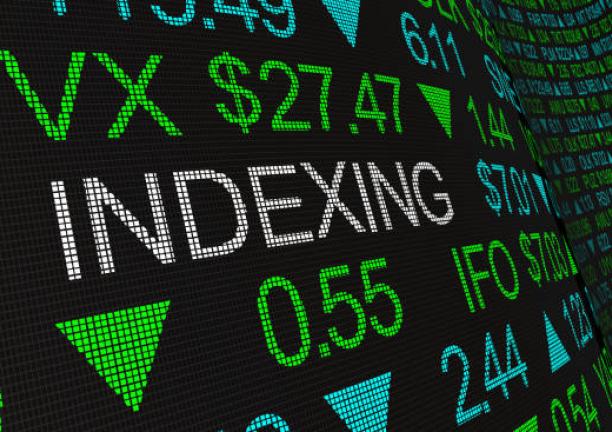The Bottom Line: Expense ratio comparisons between conventional and sustainable funds are difficult due to lack of homogeneity but low-cost options for investors are available.
Conventional and sustainable mutual funds and ETFs asset-weighted expense ratios
 Notes of Explanation: Expense ratios applicable to conventional mutual funds and ETFs are based on ICI reporting as of December 2022 while expense ratios applicable to sustainable funds are as of April 2023. Investment fund categories may not be identical and index bond mutual funds are excluded as there is only one sustainable fund that falls into this category. Sources: Investment Company Institute (ICI) 2022 Trends in the Expenses and Fees of Mutual Funds report, March 2023. For sustainable funds, net expense ratios as reported in the fund prospectus are sourced to Morningstar Direct.
Notes of Explanation: Expense ratios applicable to conventional mutual funds and ETFs are based on ICI reporting as of December 2022 while expense ratios applicable to sustainable funds are as of April 2023. Investment fund categories may not be identical and index bond mutual funds are excluded as there is only one sustainable fund that falls into this category. Sources: Investment Company Institute (ICI) 2022 Trends in the Expenses and Fees of Mutual Funds report, March 2023. For sustainable funds, net expense ratios as reported in the fund prospectus are sourced to Morningstar Direct.
Observations:
- Last month the Investment Company Institute (ICI) published its 2022 Trends in the Expenses and Fees of Mutual Funds report, disclosing that on average “expense ratios for long-term mutual funds have declined substantially over the past 26 years. From 1996 to 2022, average equity mutual fund expense ratios dropped by 58 percent and average bond mutual fund expense ratios dropped by 56 percent.” This is a long-term decline in the average mutual fund expense ratios primarily reflecting a shift toward no-load funds.
- According to the ICI, investor interest in lower-cost equity mutual funds has helped fuel declines in average expense ratios for both actively managed and index equity mutual funds.
- In 2022, the average weighted expense ratio of actively managed US equity mutual funds fell to 0.66 percent, down from 1.08 percent in 1996 while the average weighted expense ratio of actively bond funds stood at 0.44%.
- Given the latest ICI data, it’s instructive to review how the ICI’s expense ratios by category compare to sustainable funds as part of a process intended to address concerns that are sometimes surfaced about the cost of owning sustainable mutual funds and ETFs.
- Based on an imprecise analysis of similarly managed mutual funds and ETFs for selected ICI categories that relies on asset-weighted averages in which share classes are given a greater weighting in proportion to their size so as to give a better idea of what investors are actually paying, asset-weighted average expense ratios applicable to sustainable actively managed US equity and taxable bond mutual funds as well as passively managed US equity funds tend to be higher than conventional funds by between 6 and 16 basis points. While additional analysis is required but challenged due to the lack of homogeneity across the two fund classifications, an explanation for this may be that sustainable mutual funds are less mature, fund categories are not identical and there is significant variation in the number of funds and assets under management when conventional funds are compared to sustainable funds. For example, there is a significantly higher number of very large conventional mutual funds with lower expense ratios relative to sustainable funds—which benefits the average weighted expense ratio of conventional funds. That said, investors can find sustainable fund substitutes in each of the above mentioned categories with equivalent to even lower expense ratios.
- As for sustainable index US equity and bond funds as well as sustainable actively managed US equity funds, which are also relatively fewer in number and exposure to investment categories, asset-weighted average expense ratios are nevertheless largely aligned with their conventional counterparts or even lower by 13 basis points in the case of sustainable actively managed US equity ETFs.





